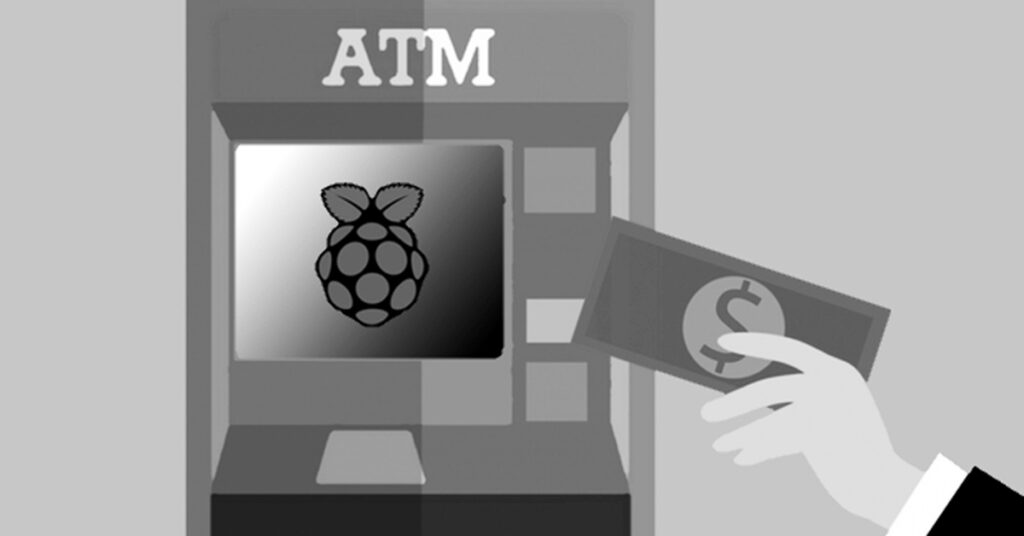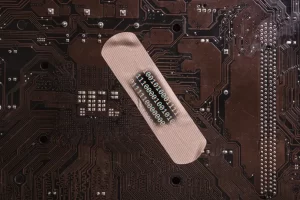Raspberry Pi was used in a theft of thousands of dollars from Texas ATMs.

In the past month, a group of individuals in the state of Texas is suspected of stealing thousands of dollars from automated teller machines using a device called a Raspberry Pi.
In Lubbock, Texas, three individuals were taken into custody after allegedly attempting to withdraw “large sums of US currency” from automated teller machines (ATMs).
On August 3, law enforcement officials located many Raspberry Pis and other evidence in a hotel room where they subsequently made an arrest of three individuals aged 38, 41, and 33. It has been determined that the individuals in question are Abel Valdes, Yordanesz Sanchez, and Carlos Jordano Herrera-Ruiz.
Allegedly, the men put a Raspberry Pi into the automated teller machine, which deactivated the security mechanisms of the equipment and made it possible for them to steal money from the cash drawer.
After being witnessed by witnesses taking more than US $5,700 from one machine, the suspects most likely targeted multiple automated teller machines (ATMs) in the West Texas area.
To tell you the truth, withdrawing $5,700 from an ATM is not very exciting at all. If you are clever enough to figure out how to mislead an ATM into handing over its cash and audacious enough to install an unapproved gadget into a cash machine in order to breach its security, then you probably want more than $5,700 for the three of you.
On the other hand, if the strategy is successful, if it can be used repeatedly at multiple ATMs, and if, most crucially, you are not caught in the process, then it may start to look more enticing to the typical developing criminal.
The technique that the organization used to break into the automated teller machines (ATMs) has not been made public, which may have been for the best given the clear potential of copycat crimes if such information were to become generally known.
The usage of a Raspberry Pi could take some people by surprise, but it makes perfect sense for a burglar who wants to tamper with an automated teller machine. A Raspberry Pi, in addition to being less expensive than a laptop computer, is also significantly simpler for a would-be ATM robber to conceal than a traditional computer.
The offenses of criminal action as well as the unauthorized interception, use, or publication of wire, oral, or electronic communications are included in the accusations leveled against Valdes, Sanchez, and Herrera-Ruiz.
It should not come as a surprise that automated teller machines would be a target for fraudsters.
The late Barnaby Jack is credited with popularizing the phrase “jackpotting” in 2010, when he demonstrated at the Black Hat security conference how he could inject malware into the operating system of an ATM by exploiting holes and default passwords, leading the machine to dispense hundreds of dollars. This led to the term’s widespread use.
After a malware attack in 2016, a Thai bank had to shut down around half of its automated teller machines (ATMs), which cost the financial institution $378,000. Malicious hackers were responsible for conducting malware attacks against automated teller machines across Europe in the same year. These attacks took place in the same year.
An attack with ties to North Korea was carried out on a number of automated teller machines (ATMs) around the world on August 11, 2018, resulting in the theft of $14 million. The assault was over in less than two hours.




